Projects
Here I share my firsthand experiences from some of the most exciting and relevant projects I have had the opportunity to be a part of.
Firefox Translations is a web extension that allows you to translate websites in Firefox without using the cloud. It uses the Bergamot Project Consortium’s offline translation models and engines to translate text on the fly without sending it to a server, which makes it faster and more secure than other translation options.
Firefox Translations is available for free on the Firefox Add-ons website.
Project Bergamot is a European Union-funded research project that aims to develop a set of neural machine translation tools that can be used to build a local machine translation add-on for Mozilla Firefox. The University of Edinburgh coordinates the project and has partners from Charles University in Prague, the University of Sheffield, the University of Tartu, and Mozilla.
The project has received funding from the European Union’s Horizon 2020 research and innovation program under grant agreement No 825303.
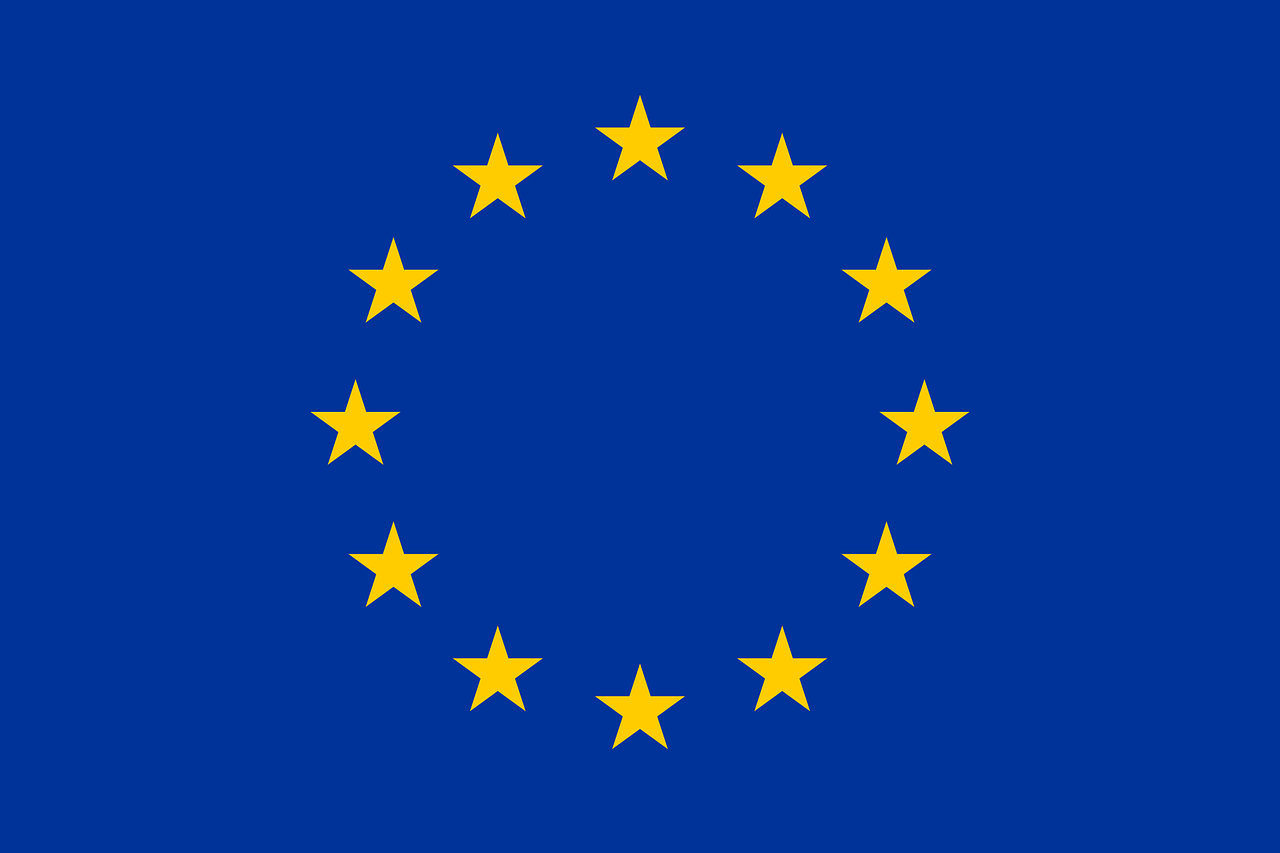
Common Voice is a project by Mozilla to create a free, open-source database of voice recordings. The goal is to make it easier for developers to train our voice recognition models. The project is supported by volunteers who record sample sentences with a microphone and review recordings of other users. The transcribed sentences will be collected in a voice database under the public domain license CC0. This license ensures developers can use the database for voice-to-text applications without restrictions or costs.
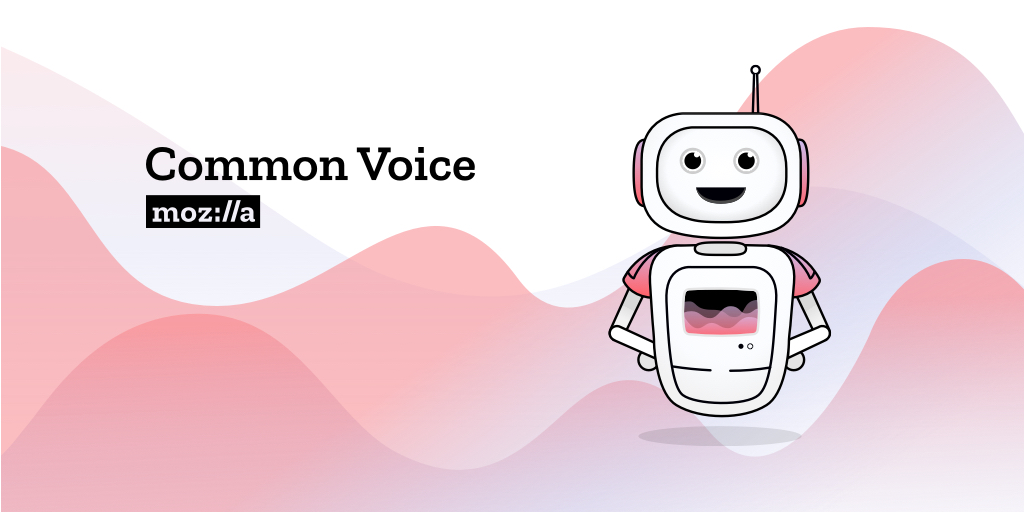
Project Voice Fill was a feature developed by Mozilla for its Firefox web browser. It was designed to make it easier for users to search the web or enter text into forms using their voice without having to type.
Voice Fill uses speech recognition technology to allow users to speak their search queries or text input directly into Firefox. The feature was designed to work with various search engines and websites, making it a versatile tool for web browsing.
Firefox Reality is a fast and secure browser for standalone virtual reality headsets. It was first launched in 2018 and is available on various platforms, including the Oculus Go, Viveport, and Google Daydream. It allows users to navigate the web using their VR or AR device and interact with web content in a 3D space. The browser supports a variety of input methods, including voice commands, hand gestures, and traditional controllers.
Mozilla Web of Things (WoT) is an open-source platform that enables developers to create connected devices and services that are interoperable and secure. It provides a framework and tools for building applications that control and monitor smart devices. WoT is based on open standards and protocols, allowing it to support various devices from different vendors. It places a strong emphasis on security and privacy to protect user data. Overall, Mozilla WoT aims to make it easier for developers and consumers to create and use connected devices and services in a secure and interoperable manner.
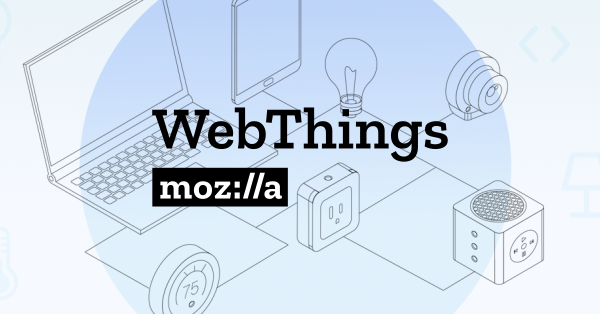
The Web Speech API is an API provided by modern web browsers that allow web developers to integrate speech recognition and speech synthesis capabilities into their web applications. This API provides a way for web applications to interact with users using spoken language as input and output, enabling hands-free interaction with web content.
The Web Speech API consists of two main components: the SpeechRecognition interface, which enables speech recognition, and the SpeechSynthesis interface, which enables text-to-speech conversion.
The project aimed to create a voice assistant that could be integrated into Firefox OS devices and provide users with a natural and intuitive way to interact with their devices using voice commands. The assistant was designed to be open and extensible, allowing developers to add custom voice commands and integrate the assistant with other apps and services.
Although Project Vaani never became a full-fledged product, it represented an essential step toward making voice assistants more accessible and open. It demonstrated the potential for web-based voice assistants to provide a viable alternative to proprietary solutions.
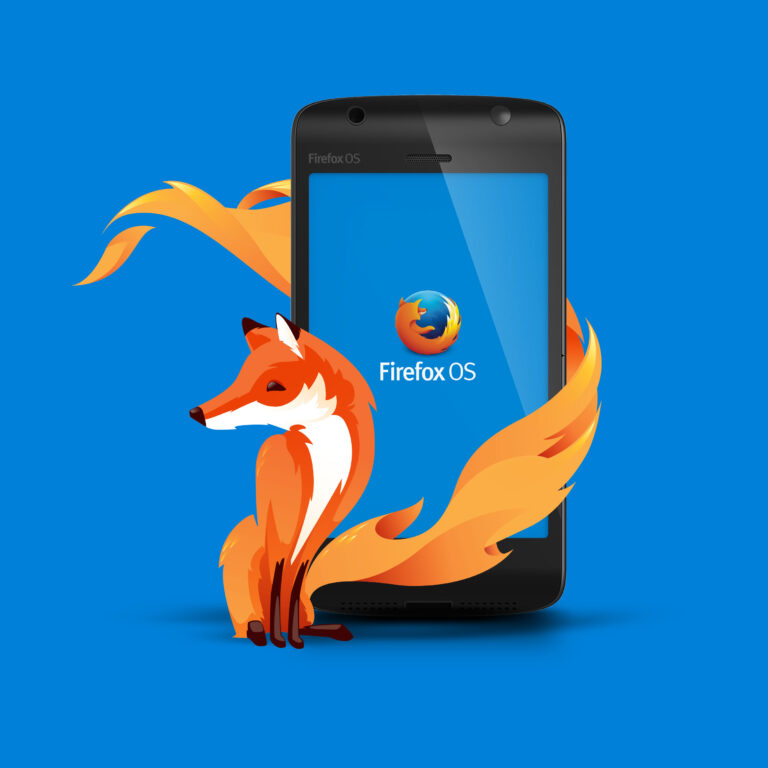
Speech recognition for MRCP (Media Resource Control Protocol) is a technology that enables speech recognition applications to interact with telephony and voice-over IP (VoIP) systems using the MRCP protocol. MRCP is a standard protocol for controlling and managing media resources, including speech recognition, text-to-speech, and voice biometrics.
Built on top of the Asterisk PBX Platform, my speech systems process millions of phone calls daily in Brazil for hundreds of companies in various industries.
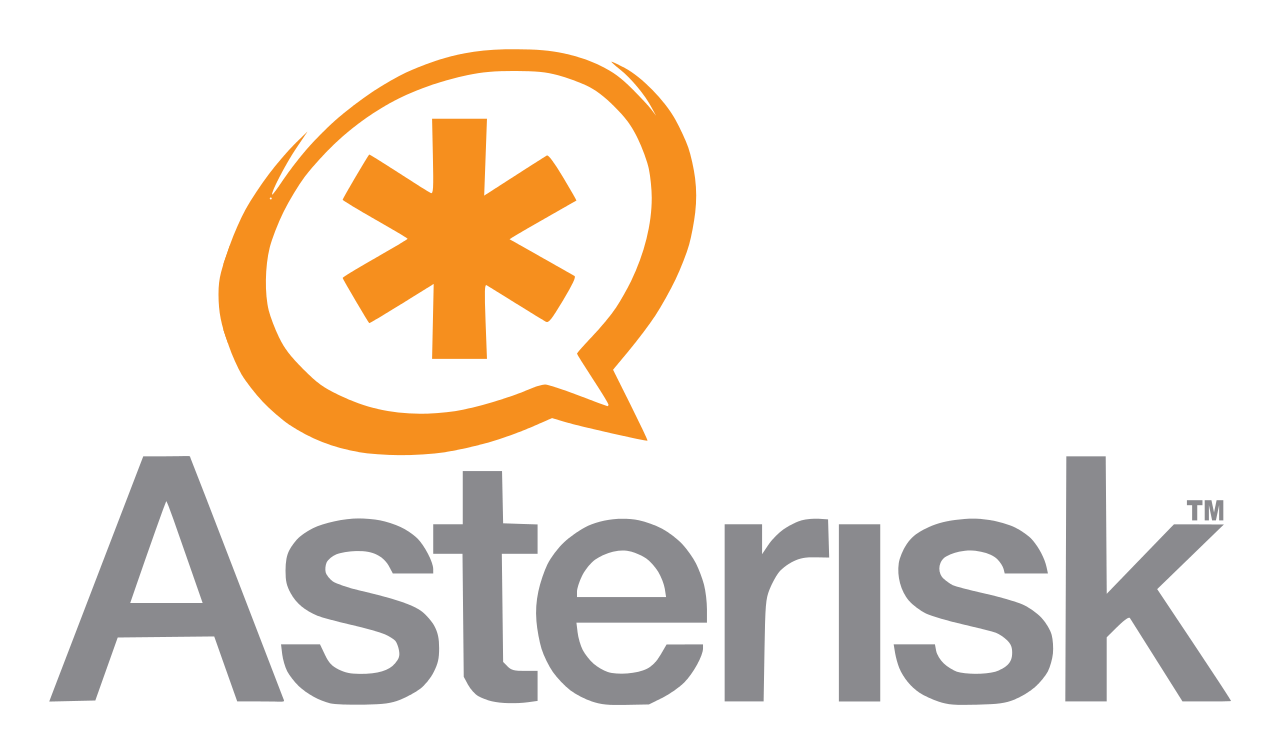
Asics Perfect Pace is an iPhone app that uses music to help you keep the right pace while running. It uses your phone’s GPS to track your speed and distance and then plays music at the right tempo to help you maintain your desired pace. The app also allows you to create custom playlists, and it provides feedback on your progress.
The App Store selected the app as new and noteworthy, and it was the recipient of +20 awards, including Cannes Lions.
The IVR system can provide information on various topics, including public transportation, traffic, education, health, and social services. It also allows citizens to request assistance, such as scheduling an appointment at a health clinic, reporting a problem with a streetlight, or requesting a birth certificate.

Fale Trânsito was a mobile application that used speech recognition and synthesis to provide information and services related to traffic in major cities in Brazil. The app was available on Android, iOS, and Windows Phone devices.
SystemGPS was a complete monitoring solution built to manage fleets of portable and vehicular GPS trackers. The monitoring platform can be accessed through a web-based interface or mobile application, allowing logistic operators to track the location of the truck and cargo and monitor other information such as speed, route history, and driver behavior. That information could be used to optimize routes, improve delivery times, prevent theft and loss, and enhance overall fleet management.

As a software developer, I have specialized in creating High-Frequency Trading (HFT) systems for institutional investors, such as hedge funds and investment banks. My expertise in this field has enabled me to design and develop software that leverages cutting-edge technologies and algorithms to execute trades at lightning-fast speeds.
Through my work in HFT, I have gained a deep understanding of market data analysis, algorithmic trading, low-latency networking, and derivatives.
I had the opportunity to build trading systems for Bovespa/BMF (now B3), Credit Suisse, UBS, Itaú BBA, HSBC, and others.
Globo Media Center was a digital platform developed by the Brazilian media conglomerate Globo that integrated its various media properties, including television, radio, and online content.
The platform provided a centralized system for managing, distributing, and publishing media content across different channels and devices, allowing Globo to reach a wider audience and provide a more seamless user experience.

As part of a team of MCS engineers, this project aimed to entirely digitalize São Paulo’s court system by using the latest Microsoft technologies available at the time, like the .NET framework, Microsoft SQL Server, and Windows Servers.

Webmotors is a Brazilian online platform for buying and selling new, and used cars. It was founded in 1995 and is one of the largest automotive marketplaces in Brazil, with a database of over 300,000 vehicles from over 4,000 dealerships across the country.
Webmotors allow users to search for cars based on criteria such as make, model, year, and price. The platform also provides tools for comparing vehicles, estimating trade-in values, and financing options. Sellers can use Webmotors to list their cars for sale and reach a wider audience of potential buyers.

The MTV Brazil internet portal was a website launched by the Brazilian division of MTV Networks in the early 2000s. It served as an online platform for MTV Brazil to provide news, information, and entertainment content to its audience and promote its television programming.
The MTV Brazil internet portal featured various content, including music news, interviews, videos, and live streaming of MTV programming. It also strongly emphasized Brazilian music and culture, with features on local artists and events.
In addition to its content offerings, the MTV Brazil internet portal provided interactive features for users, such as discussion forums, user-generated content, and social media integration.
It was considered an innovative platform for its time and the first to offer the integration of the Internet and television to its users, helping extend MTV Brazil’s reach beyond traditional television broadcasting.

